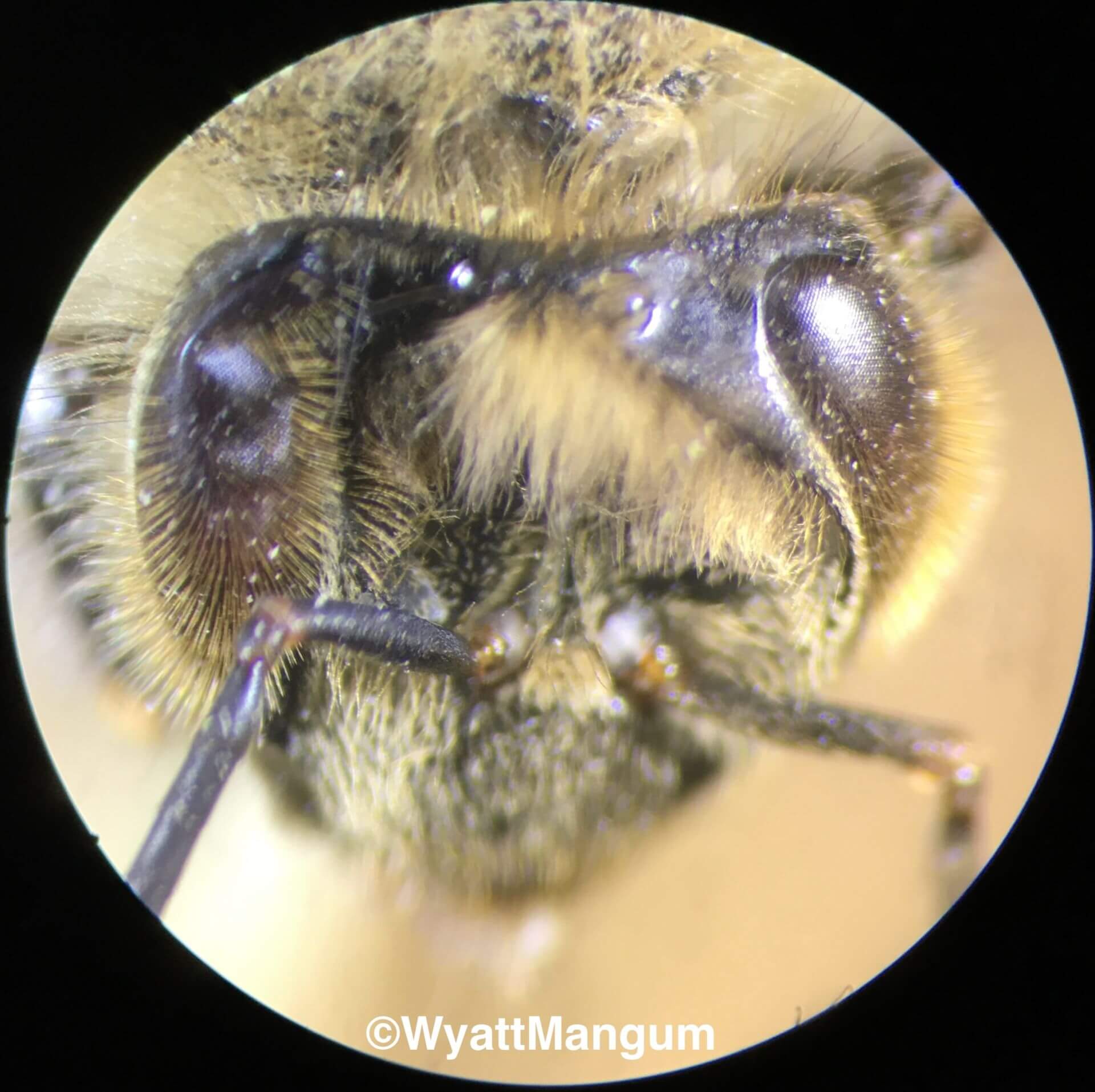Bees & Beekeeping: Present & Past
The Appearance of Bees to Each Other (Conspecifics) in ULtraviolet Light: Classified Project UV 365 Revealed Part 2

The previous article began with a private conversation between Amaron and the Girl, who are both “part bees,” meaning they can perceive the world like bees. Taking a break from their apiary work, the two discussed a curious bee flight. A few dozen bees at a time flew to the Girl while She rested on a blue blanket among the beehives.
As they spoke, the Girl and Amaron revealed a secret: As part bees, they can see the glow of the honey bee’s eyes. By extension, the pair gave voice to the likely appearance of how bees would see the eyes of other bees. Also strange was the Girl’s casual mention of other glowing parts of a bee. That too is virtually unknown among beekeepers, as we can see only the regular rainbow colors.
So I say, after seeing bees the same way in countless books and articles, and in hundreds of apiaries after years and decades, let’s now explore a new reality. Let’s see bees more like bees. We’ll begin to confront the compelling and beautiful, the strange and surprising ways our bees appear to each other (conspecifics) in ultraviolet (UV) light.
Eyes and faces (workers and queens)
For several decades, many observational studies, experiments, reviews, books and articles have described what bees see in UV in the external environment: their perception of colors, the appearance of flowers and nectar guides, etc. The citations are voluminous. Here we are concerned with the appearance of bees to each other in UV at the reported wavelength of 365 nm in a flashlight design.
We have all seen honey bees flying around their hives in the visible light, which is not quite the same as the light they can see. We see a bee’s face as shown in Figure 1 in visible light. In UV 365 nm, the bee appears (to us) as shown in Figure 2. Her large compound eyes fluoresce in a bluish glow. How other honey bees see the fluorescent compound eyes is not clear at the moment, but it should be much brighter than black. The blue fluorescence is our step hopefully closer to what the bee sees. The bee can see other wavelengths of UV, which interact with their sensitivity to blue and green toward the longer wavelengths. (The bee’s color construction in her brain is more complicated than just being sensitive to various wavelengths, and is still be …


